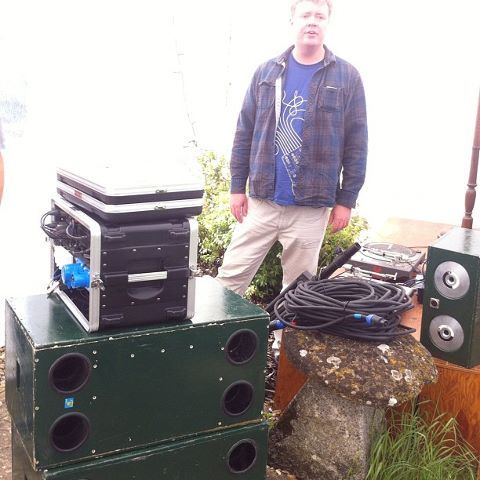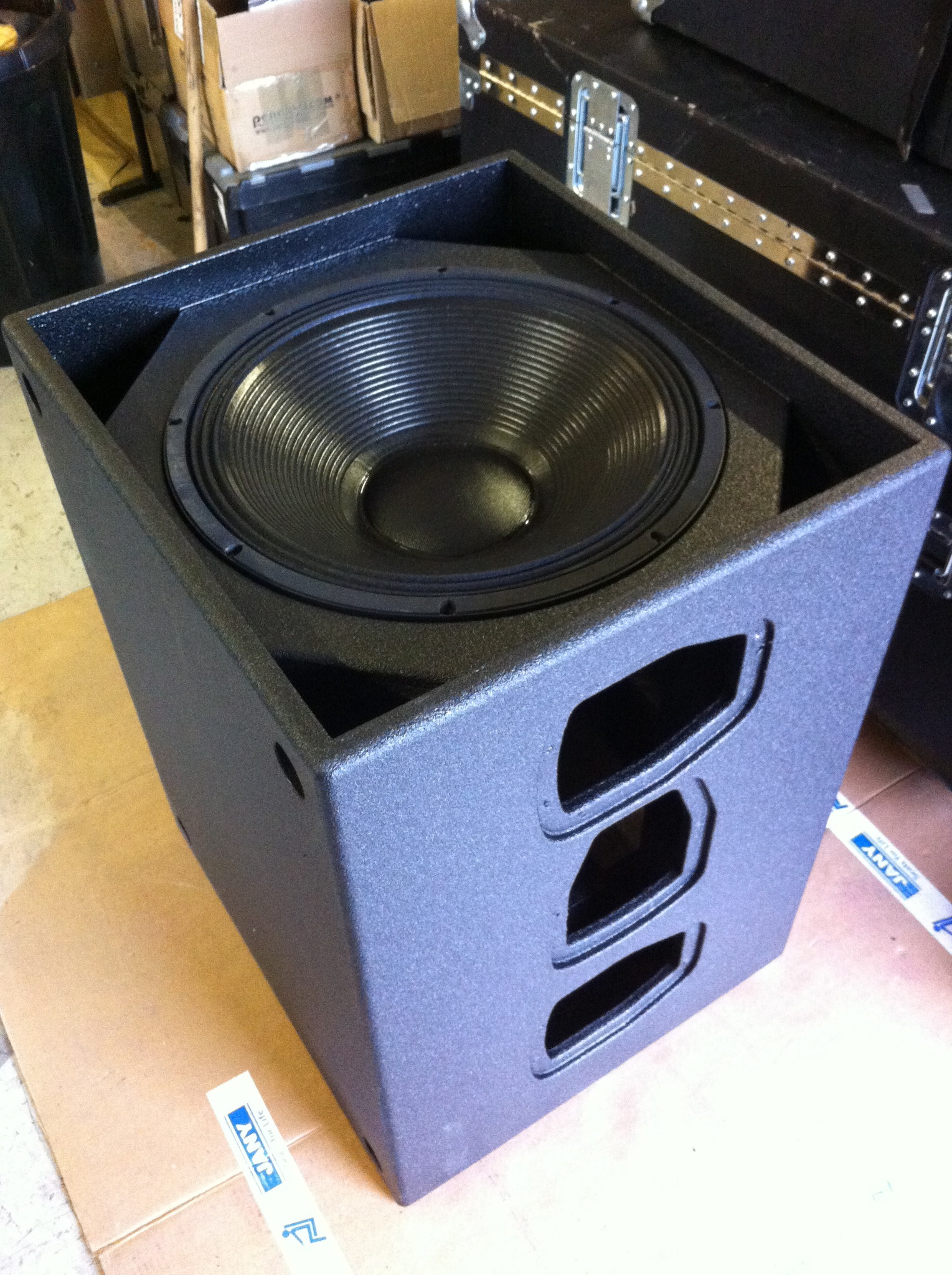- Posts: 236
- Thank you received: 0
Doppl-bin
- jsg
-
 Topic Author
Topic Author
- Offline
- Elite Member
-

Less
More
17 years 4 months ago #3449
by jsg
Ars est celare artem
Doppl-bin was created by jsg
Hoffman's Iron Law limits how low you can go if you fix efficiency and cabinet size.
But if an object is moving away from you, the sound it makes is lower.
So to get impossibly efficient low end extention from a convenient and practical cabinet size, all we have to do is make sure its always moving away from the listener at a constant 180 metres per second.
Must I have *all* the new ideas round here???!
But if an object is moving away from you, the sound it makes is lower.
So to get impossibly efficient low end extention from a convenient and practical cabinet size, all we have to do is make sure its always moving away from the listener at a constant 180 metres per second.
Must I have *all* the new ideas round here???!
Ars est celare artem
Please Log in or Create an account to join the conversation.
- csg
-

- Offline
- Premium Member
-

Less
More
- Posts: 81
- Thank you received: 0
17 years 4 months ago #3454
by csg
Replied by csg on topic Doppl-bin
how would you delay them in relation to the rest of the system?
Please Log in or Create an account to join the conversation.
- deadbeat
-

- Offline
- Platinum Member
-

17 years 4 months ago #3463
by deadbeat
Beranek\'s law
\'bits of ply round a driver\'
Replied by deadbeat on topic Doppl-bin
New Ideas, jsg! You're not the only busy bee around here.
At least simon keeps a positive outlook when continually optimising his horns.
Now, to business.
Apart from the inherent impracticality in having a loudspeaker move constantly away...
Nice thought exercise anyway.
The wavelength of the source is 'stretched' with the Doppler effect, but the velocity is not effected, so pitch is.
Given that the emitted frequency does not change,
the music would slide down in pitch.
But that pitch could be only worked out for one person.
This could be corrected using dsp, though, that would have to calculate the relative distances between all the factors and velocities involved. But dsp would only correct it for one person.
Once you include all of these factors, you might see some surprising results. [img]smileys/smiley2.gif[/img]
But I still fail to see applicability. Maybe airplanes could be equipped with such speakers and processing for ultra large scale events [img]smileys/smiley17.gif[/img] on precisely moving platforms. So they could take turns listening at the sweet spot.
Edited by: Deadbeat
At least simon keeps a positive outlook when continually optimising his horns.
Now, to business.
Apart from the inherent impracticality in having a loudspeaker move constantly away...
Nice thought exercise anyway.
The wavelength of the source is 'stretched' with the Doppler effect, but the velocity is not effected, so pitch is.
Given that the emitted frequency does not change,
the music would slide down in pitch.
But that pitch could be only worked out for one person.
This could be corrected using dsp, though, that would have to calculate the relative distances between all the factors and velocities involved. But dsp would only correct it for one person.
Once you include all of these factors, you might see some surprising results. [img]smileys/smiley2.gif[/img]
But I still fail to see applicability. Maybe airplanes could be equipped with such speakers and processing for ultra large scale events [img]smileys/smiley17.gif[/img] on precisely moving platforms. So they could take turns listening at the sweet spot.
Edited by: Deadbeat
Beranek\'s law
\'bits of ply round a driver\'
Please Log in or Create an account to join the conversation.
Time to create page: 0.207 seconds